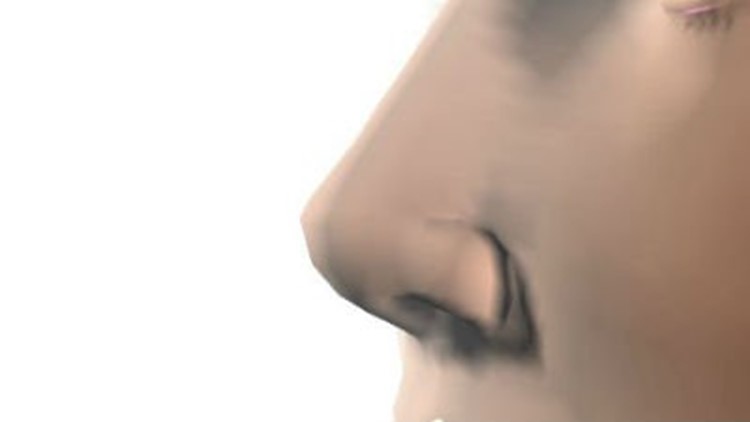(CNN) — There are pouches on each side of the human nose below the eyes that are called maxillary sinuses. They’re involved in sinus infections, so you may already have a bias against them.
But Nathan Holton, a postdoctoral research fellow in the department of orthodontics at the University of Iowa, wanted to find out why there’s such variation in these structures, and how they are affected by variation in the nasal cavity. A study on the subject is published in the journal The Anatomical Record.
Holton and colleagues took computed tomography scans of 40 people. About half of them were European-Americans, and the other half were African-Americans or native South Africans.
They found that the bigger the volume of the nasal cavity, the bigger the maxillary sinuses, in both populations. This is also associated with the overall face size, the researchers said, and suggests that the maxillary sinuses play a role in allowing the nose shape to vary. It appears that the sinuses make room for the nose.
But when the face size is about the same, maxillary sinuses tended to be 36% larger in people of European ancestry than of African ancestry because Europeans tend to have narrower nose shapes.
The various shapes of noses appear to be tied to adaptations to climate, Holton said. The nose must properly heat and humidify the air that you breathe. In a cold climate, it’s advantageous to have a narrower nose. That’s so that when a person inhales, more air comes into contact with the mucosal surface of nose, which provides moisture. The narrow nose maximizes the surface area.
“The fact that we have sinuses seems to allow for this accommodation of variation in nasal shape, which seems to be important, in evolutionary terms, with regard to climatic adaptation,” Holton said.
The maxillary sinuses probably do not serve an important purpose in terms of nasal respiratory function, he said.



